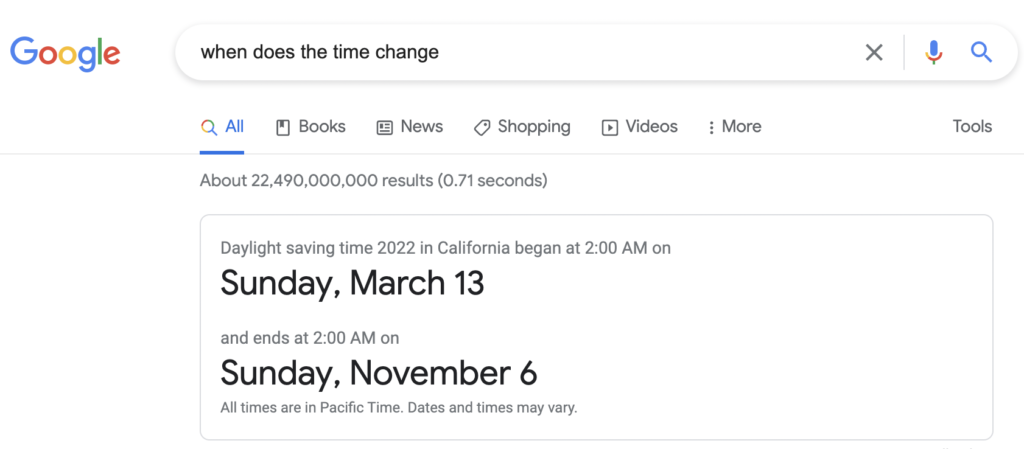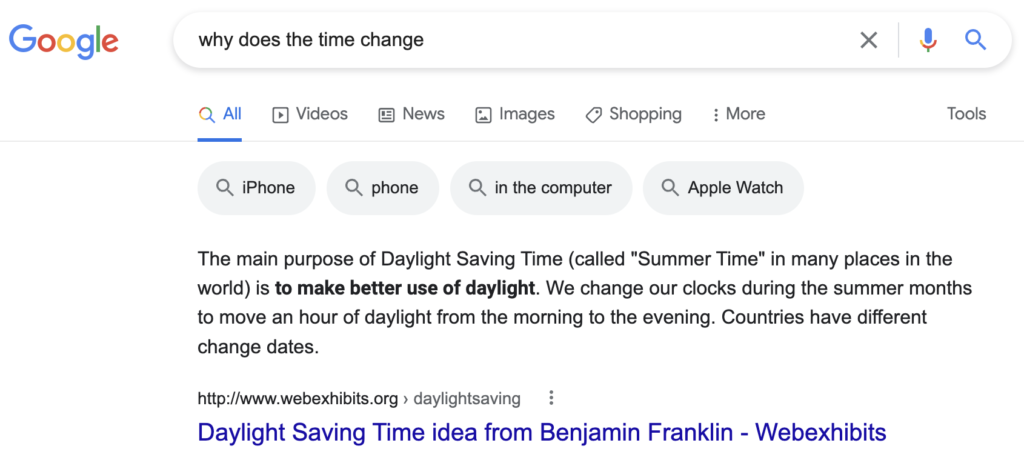Demystifying Zero-Click Content
If you’ve been noticing a recent slump in engagement from social media content, compared to previously-high amounts of likes, comments, and clicks to your website, zero-click content could be the boost your brand needs.
We know what you’re thinking. Zero-click sounds like the opposite of a solution to increase engagement, the ROI of your marketing efforts, and performance in search results. It took us a minute to wrap our post-click attribution brains around the idea, too.
But, as algorithms evolve on social platforms and search engines alike, marketers must adapt their techniques accordingly.
What Does Zero-Click Mean?
Zero-Click content is content that keeps people on the platform it’s shared on, rather than directing them to another website. Also called native content, it could include videos posted directly to LinkedIn rather than embedded in a blog post, threads of Tweets on Twitter, and any content posted to Instagram, among other things.
Zero-click content is prioritized on almost every social media platform. Why? Because it keeps users on the platform scrolling for a longer period of time, viewing and engaging with more ads, and ultimately providing more value to the platforms natively. And that’s what the platforms want.
In simple terms, zero-click refers to content that does not require a user to click out of a platform.
Why Zero-Click Goes Against Everything We Know About Marketing
If you have been writing content for your brand for some time, you’re probably comfortable with the following formula:
[FACT] + [CTA] + [LINK TO WEBSITE]
OR
[INTRIGUING QUESTION] + [RELEVANCE TO BRAND] + [LEARN MORE ON THE BLOG]
These are the standard ways of writing marketing content, and almost everyone is using them. The problem with this formula is that consumers have become trained to scroll right by this type of content, and when they aren’t engaging, the platforms aren’t prioritizing future versions of this content type.
Why Engagement is Low on Social Media With Clickable Content
Social media platforms are selfish in that they want people to stay scrolling for as long as possible to increase the likelihood that they make a purchase (usually from an ad, as this is how the platforms make money).
When the algorithm works in your favor, the content you share is presented to more people and more consistently. Here are examples of how a few of the main social platforms guide content with their specific algorithms:
- Twitter. Twitter’s algorithm favors threads over stand-alone Tweets with outbound links.
- LinkedIn. LinkedIn’s algorithm favors engagement; posts with a high number of comments keep users coming back and re-engaging.
- Instagram. The Instagram algorithm is so insistent on keeping people in the app that they don’t allow clickable links in captions and only recently allowed users to add them to their Stories.
Clickable content to a website seems to be the enemy of these networks’ algorithms and thus could be negatively affecting your brand’s engagement. Is your mind blown yet?
Zero-Click and Google’s Search Engines Results Page (SERP)
Social media platforms aren’t the only channels being affected by zero-click trends. In 2020, 65% of Google searches ended without a click.
Here are two examples of why a user may not click on a search result:
Example 1: Google answers the user’s question by providing a specific answer pulled from somewhere in its AI databank.
In this example, Google provides an answer to the query by pulling it out of a blog from this website. The user might read the answer and then move on to their next query without ever visiting the website the information was sourced from.
Example 2: A featured snippet, something highly sought after in the Search Engine Optimization realm, answers the user’s question.
While featured snippets make gaining information very convenient for querying users, they may not be ideal for brands that have devoted hours and money toward creating content meant to drive content to their websites.
Two Approaches to Creating Zero-Click Content
So, where do we go from here? There’s no straight answer, but we do think brands should optimize marketing efforts into two approaches when it comes to embracing the age of zero-click.
The reason is that the consequences of zero-click marketing have different results for SEO than they do for content marketing, and specifically, social media marketing. Coming up with dynamic solutions to incorporating zero-click into campaigns should be encouraged, not feared, because it will lead to cross-platform results.
Approach #1: With Blog Content, Keep Doing What You’ve Been Doing
This approach is specifically for SEO. Whereas in the past, your goal with blog posts may have been to provide content that can be shared on multiple platforms and drive traffic to the site, it may need to be simplified.
We want you to continue writing and publishing blog content that is relevant to your brand and industry. While this content will still be shared on other channels (more on this below), the main goal should be to gain impressions and clicks from featured snippets on Google.
Featured snippets are impressive in that they appear before the #1 position in Google search results, and do result in higher clicks than other search results on page 1. Featured snippets can also lead to higher organic click-through rates, which is something we’re missing out on by transitioning to zero-click content on social media.
Approach #2: Shifting to Zero-Click Content on Social Media
So, you’ve decided to make the shift to zero-click content and want to know where to start. It’s not going to feel natural at first, but your content should leave clicking as optional.
Here are a few ways to incorporate zero-click into social media content:
- LinkedIn – Post a video that is embedded in a blog post directly to LinkedIn. Don’t just share the link; upload the video and encourage conversation in the comments below.
- Twitter – Take a blog you have already written and break it down into a long Twitter thread. You can still post a link to the blog at the end of the thread, but sharing the content natively instead will result in higher algorithm results.
- Instagram – Share something semi-controversial but 100% defensible. The Instagram algorithm prioritizes the “whoa factor” of content. Keep it relevant to your industry and easy to justify with facts and statistics, but semi-controversial shares can lead to high engagement.
How To Sell Products with Zero-Click Content
It seems counterintuitive, but selling takes a back seat with zero-click content. This doesn’t mean that you can’t have promotional posts on your social media calendar, but they should be sandwiched by high-engagement, non-promotional content in order for your account to remain on the algorithm’s good side.
For this process to work, the content that you do share should be really, really good. Social posts should encourage conversation, and blog posts published on your site should answer questions that can be featured as Google snippets.
This technique will take practice and some adjustments, but it’s an experiment worth trying when social media engagement gets stagnant.
Frequently Asked Questions
What is the difference between content marketing and native marketing?
Content marketing is an inbound marketing strategy to build your audience and drive them towards your advertising platforms. Native advertising is a paid media solution to reach audiences that have been pre-established on a third-party platform.
How can you get your business appearing in zero-click searches?
Appearing in zero-click searches comes down to answering questions with precise information. Look at competitors' responses and try to formulate a better answer or solution to the search query.




